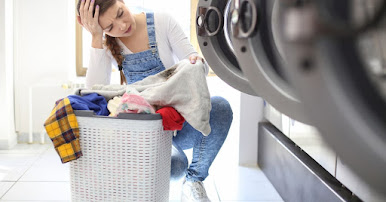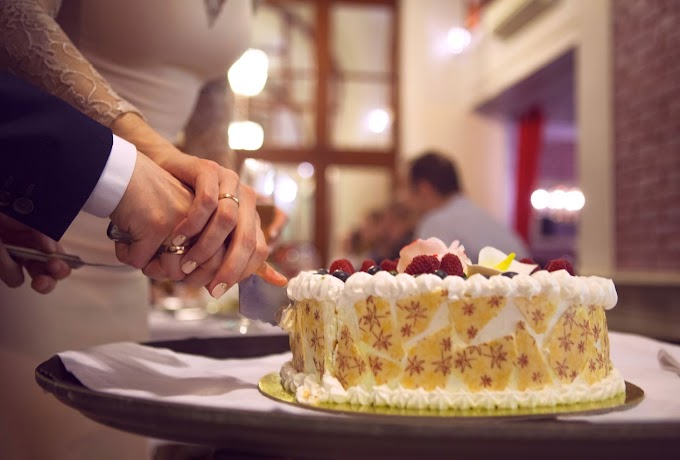Although stains can happen, they don't need to stay. These are some of the best tips to remove the most common stains on clothes, carpets, and countertops.
It's messy. You're bound to spill something if you drink wine or coffee. Unintentional spillages of paint, oil, and grease can cause damage to art projects, as well as bloodstains from cooking.
We understand that staining can happen to anyone. But we have expert advice to help you get rid. You want to cherish the memories from your childhood, but not on your carpet or clothes.
Also, check - Take Acrylic Paint off Clothes and Other Surfaces With Ease
Grease and oil stains
So How to Get Grease Stains Out of Clothes - Anybody who has ever gotten oily marks on clothes from a greasy salad dressing can tell you how difficult it is to remove them. To get rid of them, you need to soak up the grease with a powder such as cornstarch, baby powder, baking soda, or baby powder.
Bloodstains
How to Remove Blood Stains From Clothes- See Shaving nicks, bleeding noses, skinned knees. Unexpected blood stains can be removed from your favorite fabrics. However, it is important to do it quickly as dried blood can leave a permanent mark. According to Samantha Hodges (director of digital marketing at Rugs.com), blood is the most difficult stain to get out of the carpet. White vinegar is a great blood remover. Let the stain soak for 5-10 minutes in a mixture of 1 cup vinegar and 2 cups warm water. Then, wipe the blood off with a clean cloth.
Stains
How to Get Oil Stains Out of Clothes - Get moving fast! Water-based paint won't come off once it has dried. It's best to get to the paint while it's still damp. Then rinse it under warm water and wash it as usual. Oil-based paints and varnishes can be cleaned by rubbing the area with paint thinner or Turpentine. Rinse, then treat it with a stain remover and wash as usual.
Here are some tips and guidelines for stain removal
Experts recommend these steps regardless of the type of stain.
Get to work quickly. It will be harder for even the most miracle stain removers to remove stains that have been allowed to dry before they are treated.
Use a paper towel or a clean white cloth to blot. Hodges says that "Blotting is the key to removing stains." You should never rub the stain into fabric fibers. It could cause the stain to spread and make it more difficult to remove.
Use cold water. Marilee Nelson, the cofounder of Branch Basics, advises that cold water is the best choice because it's less likely to cause a stain. Hot water can cause protein stains such as milk, egg, and blood. It should not be used for stains of unknown origin.
Don't let stains dry. AspenClean president and co-CEO Alicia Sokolowski says, "Keep the stain from direct heat, including lamps." Never dry stained clothes in the dryer. Stains will be set by heat.
Read labels and test before you treat. Some fabrics require dry cleaning. Do a test first on a small area to determine if the carpet stain is easily removed.
Keep trying! It may take a few tries or repeating treatments, but keep going. Nelson says that even years-old stains can be eliminated with persistence.
Also, check - 6 Tips for Smart and Secure Online Shopping That You'll be Happy You Did
Methods and solvents for stain removal
It takes some elbow grease and one or more of these best stain removers to get rid of stains.
Water
Water is the best first aid. It helps to discolor stains and fade them. Sokolowski says water is often overlooked as a great spot and cleaner. Water helps stain fade and dilutes them. You may only need water. You should always use cold, plain water to clean your fabrics. Only dry clean them with water.
Vinegar
Sokolowski says vinegar can be used to clean and remove stains because of its low pH and acidity. She says that a paste of vinegar and baking soda is capable of removing even the most stubborn stains. Although it is commonly believed that vinegar will strip away a color from clothes, it can be used on all fabrics. Vinegar can restore color and prevent fading. However, it should not be used on natural materials such as wood.
Hydrogen peroxide
Hydrogen peroxide is a natural bleach substitute that can sometimes cause discoloration. It works best for white fabrics because it is a good choice for white fabrics. Mixing three parts hydrogen peroxide and one part dishwashing solution is a good way to remove oil and grease. Let it sit on the stain for between 20 and an hour. Rinse the garment and wash it as usual.
Detergent
You can use detergent before you do your laundry. Apply a small amount of detergent to the stain, and rub it in with your fingers. Next, wash the garment as normal. This safe method works for all items that can be machine-washed.
Rub alcohol
Rubbing alcohol is a great way to clean and disinfect hard surfaces. It also dries quickly and kills germs. It's a solvent and can dissolve oil and dirt. It is not recommended for use on silk, wool, acetate, or acrylic. However, it can lift stains such as wine and pen ink from fabrics. Tran recommends gently rubbing alcohol into the stain and then thoroughly rinsing. Finally, you can wash as usual.
Ammonia
According to Tran, a tablespoon of ammonia mixed with half a cup of water can be used as a pre-wash for staining. Apply the mixture and allow it to soak for 10 minutes before you wash. It can cause irritation to the eyes, skin, and respiratory tract so be careful. Never mix ammonia and chlorine bleach. This combination can lead to severe health problems, including seizures and headaches.










0 Comments